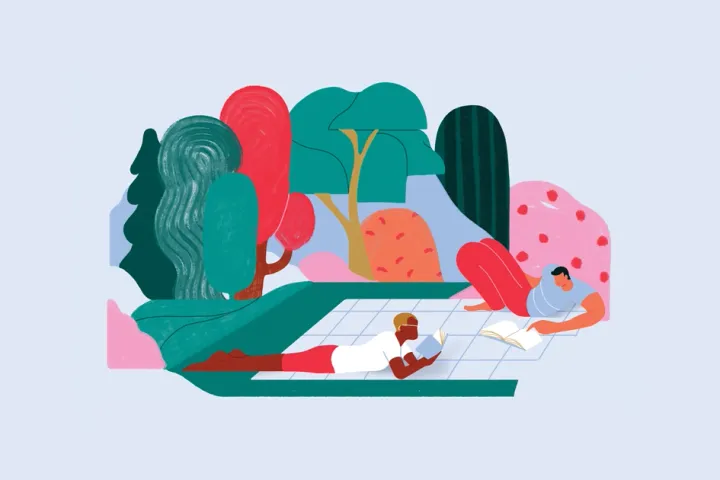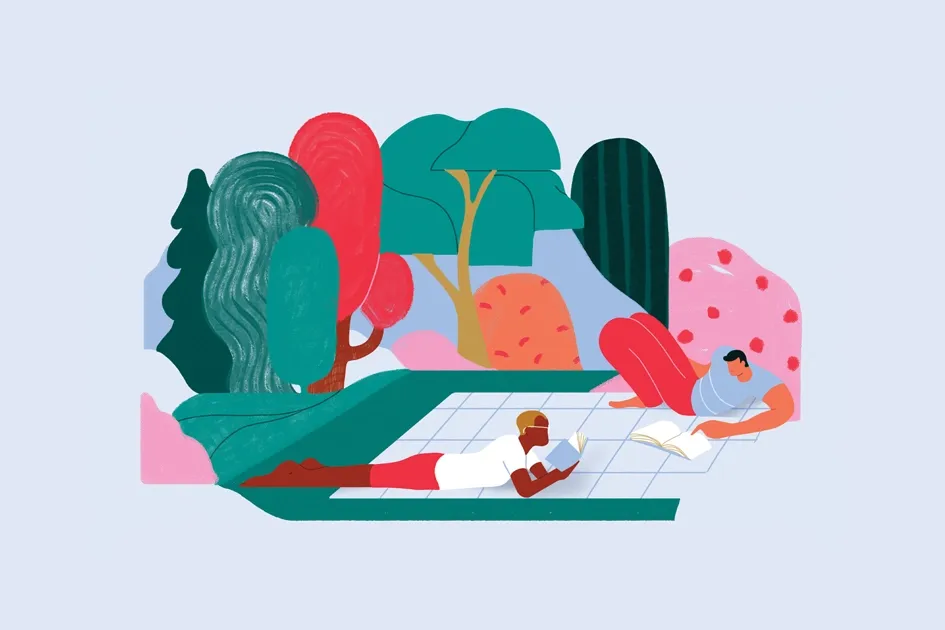Okay, now I know I’m a grownup: I actually called to make a vaccine appointment—something that as a young girl, I’d have cross-my-heart sworn would never, ever happen.
The hypodermic needle was one of my top three childhood fears. That’s not surprising—injections hurt, for crying out loud. And there was plenty of crying out loud, especially when public schools held mass programs for smallpox vaccinations, polio shots, and the dreaded Schick test for diphtheria. It was bad enough when your best friend’s name was called and you saw the terror in her eyes as she marched toward doom. But even worse, I still remember Harold, the class bully, returning to his seat, red-eyed and subdued.

And to think my mother signed the permission slip! How could she knowingly subject a daughter she loved to anxiety and pain? I determined right then, in second grade, never to do such a thing to my kids.
Of course, you know that’s not how things turned out. A couple of decades later, there I was in the pediatrician’s office, handing over my precious infant for her first shots. I realized allowing momentary pain was necessary to protect her from agonies far worse. But I also knew that even very young babies consider mom to be their safe place—did my little girl feel betrayed, I wondered? Yet there was no way to explain my loving reasons or to help her grasp the truth of the old line “This hurts me more than it hurts you.”
Just a few years after that came the devastating loss of our second-born child—a preemie who was with us for just one month. What followed was a prolonged season of suffering, which involved not just deep grief but also subsequent medical mishaps and even two brief courses of chemotherapy. I didn’t know how (or if) I’d ever survive the emotional pain.
I also knew that even very young babies consider mom to be their safe place—did my little girl feel betrayed, I wondered?
At the time, I had no spiritual perspective, but now I see the bigger picture and realize God was using every bit of that dark experience to draw me to Himself. Had my difficulties been shortened or less intense, I’m fairly certain I’d have gotten up, dusted myself off, and continued—unenlightened and oblivious—along the same broad path leading, ultimately, to misery worse than any I’d known. (See Matthew 7:13.)
And so I recognize myself in Dr. Stanley’s explanation of the adversity God allows:
Seeing the “big picture” is crucial if you are to live above your circumstances. Focusing on parts alone, mainly the circumstances at hand, will confuse and discourage you.
God’s big picture is this: He is always at work in everything to conform you to Christ’s image. God uses both blissful and dismal circumstances to accomplish that task, though you always prefer the former.
But back then, as an unbeliever in the thick of that harsh season, I was in no position to comprehend suffering could ever prove beneficial (see 2 Corinthians 4:17); like a child stabbed by a needle, I was focused only on the pain. Thankfully, though, our loving heavenly Father is also the Great Physician, who knows precisely how to immunize His children for their good. So He signs the permission slip—and offers us His hand to hold while we cry.
Illustration by Adam Cruft





